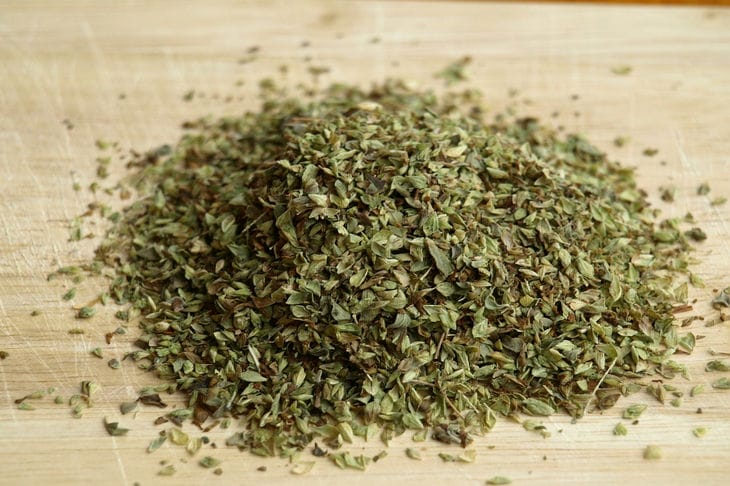The abundance of spices on the modern market is impressive.
Pepper (from black to white and pink), nutmeg, sage, basil, curry, ginger, vanilla... The list goes on. Today we will talk about such a seasoning as oregano .
Fresh oregano is a herbaceous annual plant with grey-green leaves and white (sometimes pink) flowers.
The exotic name "oregano" may be confusing, but experienced cooks know that oregano is also called marjoram.
When did oregano become known and in demand by people as a seasoning? Long ago, back in the era of Ancient Greece and Ancient Egypt.

Having tasted wild varieties of oregano, people began to cultivate this plant, and now it can be found both in the East and on the European continent. The most common oregano found in markets comes from Turkey.
What is the benefit of oregano being part of the menu? Quite a lot. This plant contains a lot of tannins, essential oils, vitamins. Thus, thymol contained in fresh and dried parts of oregano is a natural analgesic, and sesquiterpenes are an antihelminthic agent.
The presence of ascorbic acid in oregano supports the immune system, and choline supports the blood vessels of the heart and brain.
Is there a use for oregano in folk medicine? Yes. An infusion of this herb relieves pain during menstruation well, helps restore a normal cycle in case of delays, however, it is not recommended for use by pregnant women, as it causes active contractions of the uterine muscles, which is fraught with miscarriage.
Oregano also stimulates the muscles of the stomach and intestines to move, and this is the key to good digestion of food and the elimination of such problems as constipation.
Oregano tea is excellent as a mild sleeping pill, approved for use even by children. It can also be drunk the morning after a feast if you suffer from withdrawal symptoms (hangover).
External use of oregano is allowed in the form of compresses soaked in an infusion of this spice. Such compresses alleviate the condition of dermatitis and eczema.
How is oregano used in cooking? Dried leaves and flower buds are crushed and added to sauces for meat or fish.
Fresh oregano leaves can be added to homemade kvass, beer and home-made pickled vegetables, as there is evidence that oregano is a good natural preservative that prevents drinks and foods from spoiling.
It is acceptable to add a few fresh oregano leaves to vegetable salads and soups.
Dried or fresh oregano to choose for culinary experiments? If you have a choice, it is better to take fresh oregano.
After purchasing, it is worth wrapping it in a damp cloth and putting it in the refrigerator. Oregano leaves can be frozen whole or pre-chopped.
After purchasing dried herbs, it is better to pour them from the factory packaging into a glass jar with a tightly closing lid so that the seasoning does not lose its characteristic taste and aroma.
Who should not use oregano? Pregnant women, people with allergies and gastrointestinal diseases, which are characterized by increased acidity of gastric juice.
This seasoning should be introduced into children's food little by little, monitoring the reaction of the skin and mucous membranes.
Earlier we talked about why you should eat borscht .








